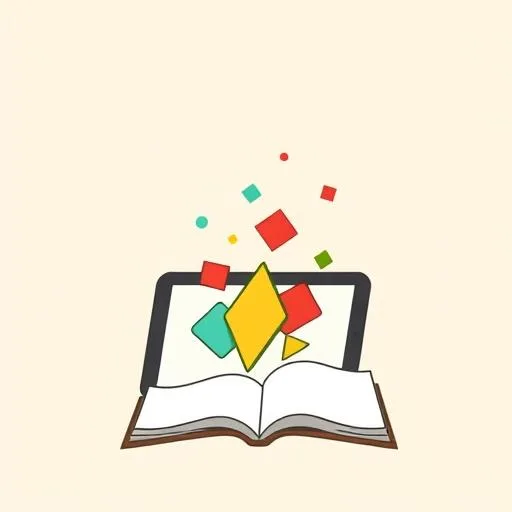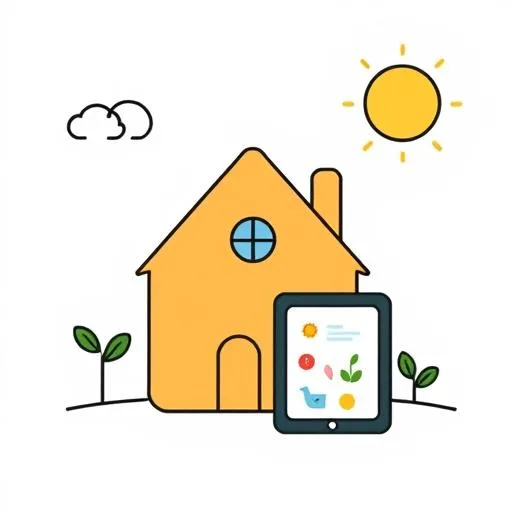Picture this: your child’s eyes lighting up as they discover a new way to explore the world. That spark – that’s what learning’s really about. Now imagine tech giants promising tools to ignite those sparks in every classroom, backed by the White House’s recent push to weave AI into schools. How exciting is that? Absolutely, and it’s a total game-changer for our kids! But as a parent watching this unfold, my gut whispers a question we can’t skip: who’ll hold the pen when the lesson plans get drawn?
The Dream: AI as a Spark for Young Minds

Let’s lean into the hope here. Picture classrooms where AI helps a shy student craft their first story, guides kids through building virtual volcanoes for science, or turns math into a game adapting to each learner. The White House pledge promises exactly this – tools from Google, Microsoft, and others to fuel curiosity, plus parent training so we feel confident navigating this landscape. One document even envisions AI sparking creativity and demystifying technology for early learners – something my daughter experienced when testing a drawing app that suggested shapes while she sketched. It’s not magic; it’s a fresh color in the crayon box. Seriously, it’s like adding a whole new rainbow of possibilities!
Research nails it: this could create a culture of innovation and critical thinking starting in kindergarten [White House]. But remember – crayons just sit there until a child’s hand picks them up. Tools alone don’t teach. The real win? When AI handles routine tasks (like grading quizzes), freeing teachers to do what only humans can: notice when a student’s quiet because fractions feel impossible, not disinterest. That’s the dream worth chasing.
The Heart of the Matter: Are Teachers Still the Architects?

Here’s where my dad instincts flare: The pledge talks about solid AI training for educators – fantastic! But as critics wonder, will tech-generated lessons silence intuition? Consider how a teacher might pause a lesson to address a child’s emotional need – algorithms alone can’t build that bridge. Let’s not let schools become showroom floors for corporate tech. Educators must shape the room’s blueprint – this is where soul gets anchored.
The architects must hold the pen. Otherwise, it’s not education. It’s tech demo hour.
Our Role at Home: Nurturing Curiosity Beyond the Screen

While schools navigate, we’ve got wins quickly – like reframing screen time. Ask not “What shows did you watch?” but “What did you *create* today?” Ever tried that? Pure magic! My favorite hack? Last week’s leaf-kicking chat: “If robots draw skies, what makes yours special?” She shouted, “I chose the blue!” – and we high-fived. Now *that’s* confidence-building rucksack.
Think of AI like training wheels – useful for launching creativity, but never the final destination. Balance means spicing bean growth diaries with digital tools: “How would an AI explain this sprout?” Let’s be clear: pro-kid, not anti-tech – and that’s genuinely exciting! And hey – bonus stars for spaghetti tower engineering giggles *without* screens.
Building Tomorrow’s Resilience, One ‘Why?’ at a Time
The real AI superpower isn’t answers – it’s nurturing resilient ‘Why? How? Could that be better?’ bursts from our kids. Document study moment: One White House paper gets it right by empowering educators to use tech while anchoring their irreplaceable role [White House Fact Sheet]
